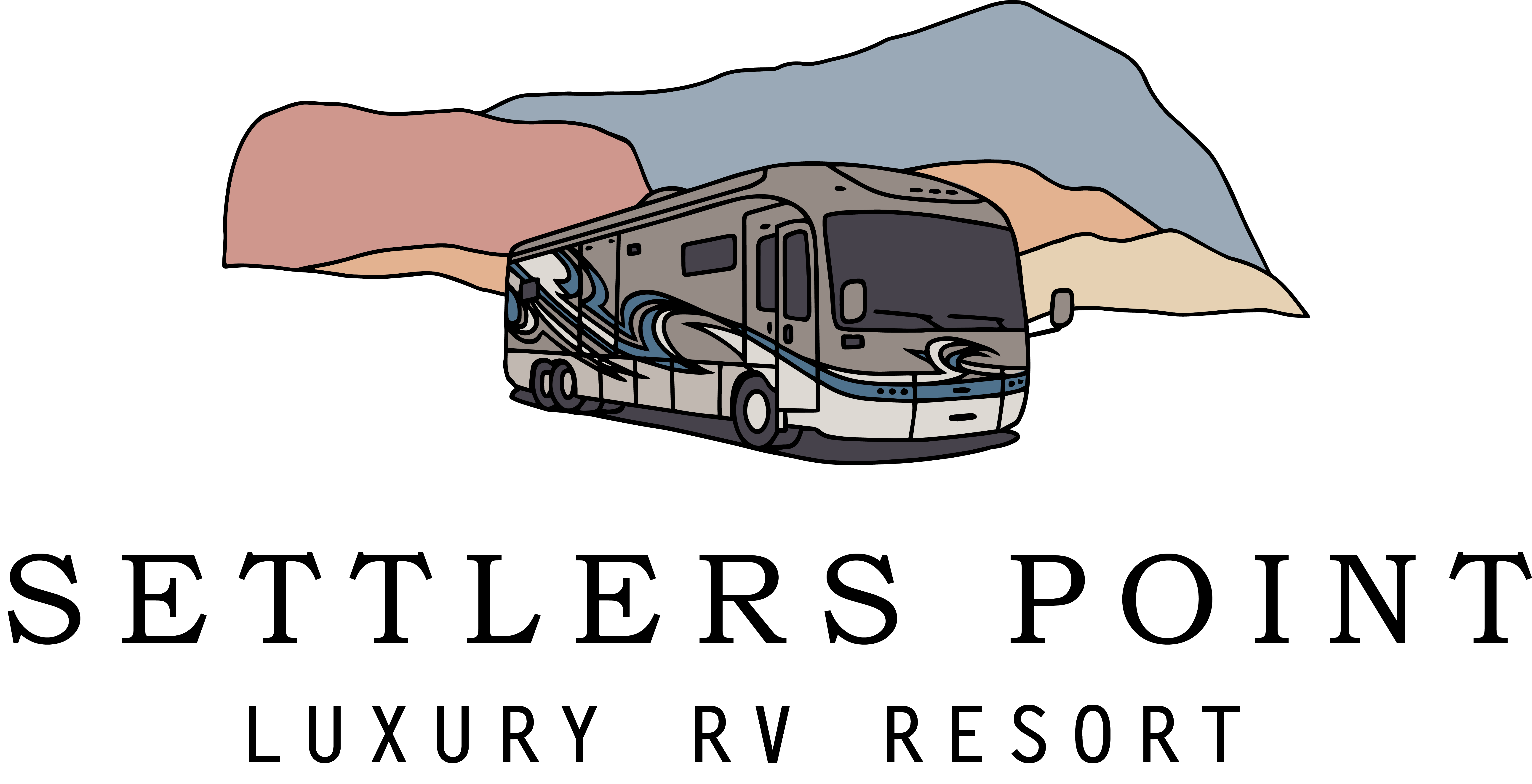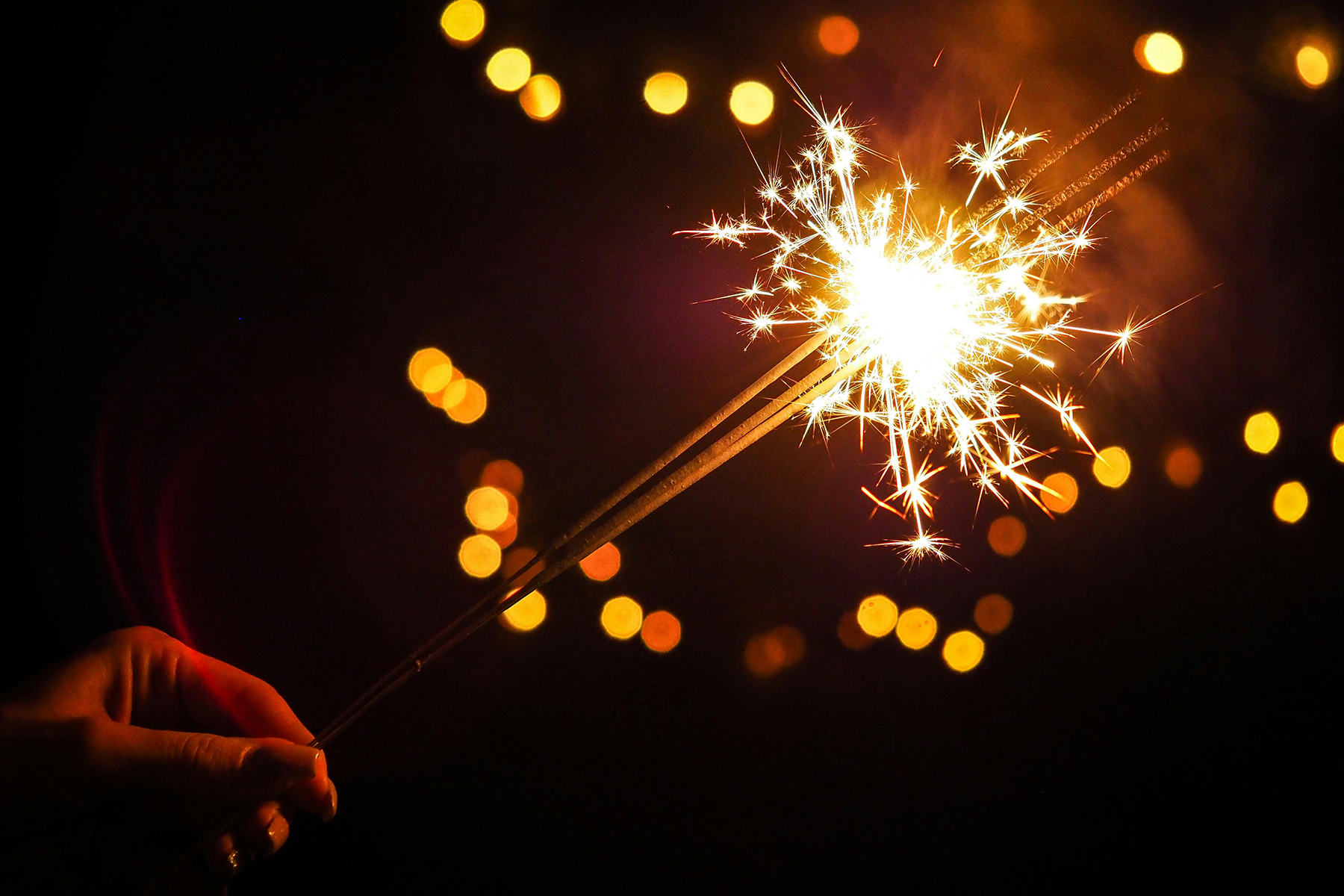If you’ve never seen a real night sky, like, a real one, without light pollution drowning out the stars, then buckle up. Southern Utah is about to recalibrate your definition of “starry night.” Stargazing near Zion National Park isn’t just a quirky nighttime activity. It’s a jaw-dropping, perspective-shifting, occasionally neck-cramping, deeply satisfying kind of magic. And once you’ve stood under a sky that looks like it belongs on the ceiling of a planetarium, you’ll wonder how you ever settled for the sad suburban sprinkle you called stargazing before.
Zion and its surrounding landscapes aren’t just world-famous for their red rocks and canyons. They’re also part of a certified International Dark Sky Region, which basically means Mother Nature shows off here at night. Whether you’re into constellations, astrophotography, or just need a spiritual recharge from too many group texts, Southern Utah’s night sky is where it’s at. This guide walks you through the best stargazing spots near Zion, gear tips, ideal timing, and how to make the most of your starry experience.
Where to Stargaze Near Zion That Will Absolutely Ruin You for City Skies Forever
Let’s start with the good stuff. Not every dark patch of desert is created equal, and while Zion National Park itself is amazing, some of the best stargazing spots are just outside the park boundaries. Here are a few of the top places to witness the cosmic light show:
Kolob Terrace Road
You want solitude? You want altitude? Kolob Terrace delivers both. This lesser-known section of Zion sits high above the main canyon and is hands-down one of the best stargazing spots in Southern Utah. The higher elevation means thinner air and fewer particles to scatter light, which gives you an even clearer view of the Milky Way. Bonus: Fewer crowds. Most tourists don’t venture up here at night, so it feels like you have the galaxy all to yourself.
Zion Canyon Overlook
This one’s closer to the main part of Zion, and yes, it’s more popular. But for good reason. The view from the overlook is stunning in the daytime, but at night it becomes a natural amphitheater for stars. Since it’s relatively easy to access (a short hike off the Zion-Mount Carmel Highway), it’s a good spot if you want to dip a toe into night adventures without committing to full desert survival mode.
Grafton Ghost Town
Okay, hear me out. Ghost towns and stargazing go together like marshmallows and campfires. Grafton is an old pioneer settlement just outside of Rockville, and while it’s mostly known for being creepy (and for appearing in Butch Cassidy and the Sundance Kid), it’s also an incredible spot to set up a tripod and catch the Milky Way rising over rustic, broken-down buildings. If you’re into night photography Zion style, this is your playground.
Virgin and the Surrounding Area
The town of Virgin sits quietly outside Zion, and while it doesn’t scream “tourist hot spot,” that’s exactly why it works. Low ambient light, easy road access, and wide-open views make it one of the best hidden gems for stargazing Southern Utah. Bring a camp chair and a blanket, and you’ll be rewarded with nothing but silence and starlight.
Gearing Up for a Stellar Night (Literally)
If you’re heading out to explore the Zion night sky, a little preparation goes a long way. First, dress in layers. Even in summer, desert nights can get chilly, and if you’re just sitting still watching stars or shooting long exposures, you’ll feel that temperature drop fast.
Next, bring a headlamp with a red light mode. You’ll need it to see where you’re stepping without ruining your night vision or blowing out your camera settings. Red light helps your eyes stay adjusted to the dark and won’t disrupt anyone else’s stargazing moment.
For those who want more than just a “wow, stars!” experience, download an astronomy app before you head out. Sky Guide, Star Walk 2, or Stellarium are great tools for identifying constellations, planets, satellites, and even tracking meteor showers. You can point your phone at the sky and let technology do the hard work of looking smart.
And if you’re not up for DIY stargazing, there are also guided Zion astronomy tours available locally. These experiences usually include telescopes, professional guidance, and a crash course in celestial navigation that’ll leave you feeling like a NASA recruit.
Want to Photograph the Night Sky? Here’s What You Need to Know
Night photography in Zion and the surrounding area isn’t just possible, it’s a dream. But it does take a little know-how. First, ditch the phone (unless you’re using it to control your DSLR remotely) and bring a real camera that allows manual settings. A full-frame DSLR or mirrorless camera with a wide-angle lens (preferably something like a 14mm or 24mm with a low f-stop) will be your best friend.
Use a sturdy tripod. Even the best gear means nothing if your camera wobbles in the wind. Then dial in your settings. A good starting point is ISO 3200, f/2.8, and a 20-second shutter speed. You’ll need to adjust based on moonlight, cloud cover, and the phase of Mercury’s third cousin (kidding, kind of).
Shoot in RAW. Trust me, you want as much flexibility as possible when you edit these files later. And speaking of editing, don’t expect your shots to look perfect straight out of the camera. Post-processing is a big part of night photography, especially if you’re aiming to capture that stunning Milky Way detail.
Pro tip? Plan your shoot around the moon phase. A full moon is gorgeous but terrible for seeing stars. Aim for a new moon or the days right before and after when skies are darkest. Oh, and don’t forget to check the weather. Clouds are the ultimate buzzkill when you’ve hiked up a mountain with 20 pounds of camera gear.
Timing Is Everything
When it comes to stargazing Zion National Park and the surrounding region, timing makes all the difference. Summer months offer warmer nights and easier access to higher elevation areas, but they also come with more crowds and sometimes hazy skies from wildfire smoke. Spring and fall tend to be the sweet spot. The weather is cooler, the air is clearer, and the celestial calendar is packed with meteor showers like the Perseids (August) or Geminids (December).
You’ll also want to pay attention to moonrise and moonset times. The darker the sky, the better the stars. Use websites like Time and Date or apps like PhotoPills to check when the moon will be below the horizon during your visit. And if you’re aiming to photograph the Milky Way, peak visibility typically runs from late spring through early fall.
Stargazing also works best when your eyes have had time to adjust. Give yourself at least 20 to 30 minutes in the dark before expecting to see full detail in the night sky. You’d be amazed at how many stars show up once your vision fully adapts.
Be Safe Out There, Space Cowboy
Before you channel your inner Carl Sagan and wander off into the dark, let’s cover some basics. First, let someone know where you’re going, especially if you’re heading into remote areas. Stargazing is peaceful, sure, but cell service is spotty in a lot of these areas, and if your car battery dies or your GPS goes rogue, you’ll be glad someone knows where to find you.
Stick to designated trails or flat, open spaces with clear views. Climbing cliffs at night for that perfect Milky Way shot? Tempting, but maybe not the wisest life decision. Also, keep in mind that wildlife is more active after dark. Don’t leave food out, and be aware of your surroundings if you’re near any brushy areas.
If you’re bringing kids, keep them close and make it a fun learning experience. Kids love spotting constellations and counting shooting stars, and it beats another night of YouTube rabbit holes.
That’s It, Time to Get to It!
Whether you’re a seasoned night photographer, a casual stargazer, or just someone trying to remember what the sky looks like without smog and streetlights, stargazing near Zion National Park is one of the best things you can do in Southern Utah. Between its Dark Sky designation, epic scenery, and total lack of ambient light pollution, this corner of the desert offers a front-row seat to the universe.
So bring your gear, download a star map, and find your patch of quiet under the cosmos. Just don’t forget to look up, you might find something out there that makes you feel small in the best possible way.
Need help planning your adventure or want tips for capturing that perfect star trail photo? Reach out or drop a comment. And if this guide helped you find your way under the stars, share it with someone who needs a little more wonder in their life.


